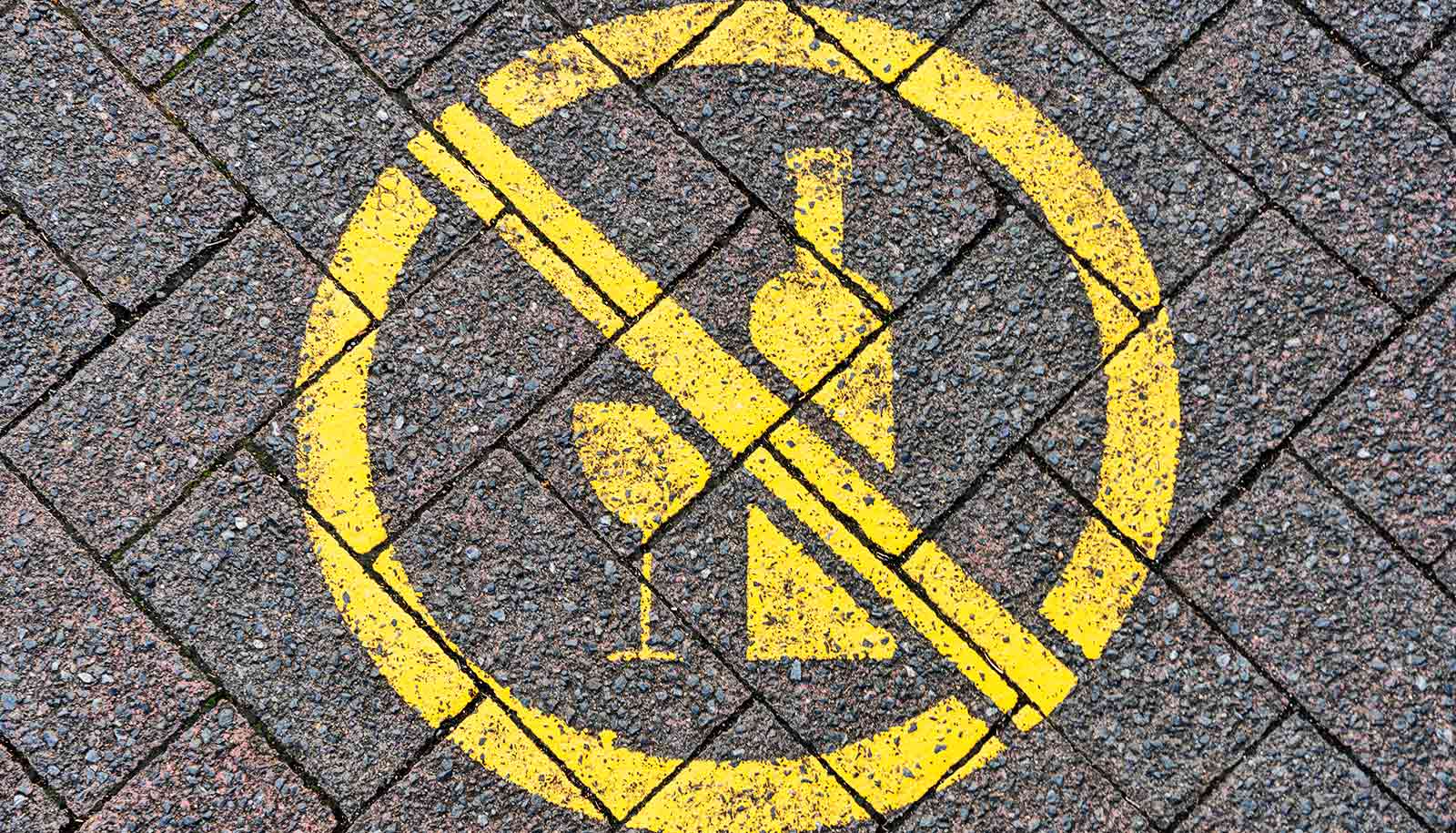To prevent people from hookah smoking, the best strategy may be to counter the image of it as a fun way to socialize and relax, rather than emphasizing the negative health consequences.
“What this study showed us is that young adults who take up hookah tobacco smoking do so because they think it’s cool and attractive, and they weren’t dissuaded by the health dangers of smoking,” says lead author Jaime E. Sidani, assistant director of the Center for Research on Media, Technology and Health at the University of Pittsburgh.
“We need to find an effective way to combat those positive attitudes. That might include regulations on advertising and flavorings, coupled with solid counter-messages and educational programs encouraging young adults to think critically about marketing.”
Hookahs deliver 125X more smoke than cigarettes
For the study, published in the journal Cancer Epidemiology Biomarkers & Prevention, researchers analyzed data from 1,785 adults ages 18 to 30 who reported on their hookah tobacco smoking habits, knowledge, and attitudes in 2013 and again 18 months later in 2014. The participants were from across the US, equally male and female, and 57 percent white, 22 percent Hispanic, 13 percent black, and 9 percent “other.”
Forty-three percent reported having an education level of high school or less, making this study even more notable, as most studies focus on college students due to the prevalence of hookah bars near university campuses.
Initially, 69 percent of the participants reported never smoking tobacco from a hookah, also known as a waterpipe, and 25 percent reported having smoked from one at least once. The remaining 6 percent reported smoking from a hookah in the previous 30 days and were characterized as “current” smokers.
After 18 months, 7 percent of people who reported never smoking hookah had transitioned to having smoked at least once, while 4 percent of those who reported ever smoking had transitioned to current users.
Tweets make hookah smoking sound healthy
Participants who initially reported that they intended to smoke tobacco from a hookah at some point in the future had seven times greater odds of starting to do so in the following 18 months, compared to those who reported they had no plans to use a hookah. And people who reported a positive impression were nearly twice as likely as their peers to start smoking from one.
However, a negative attitude toward hookah smoking did not have any association with decreased odds of participants becoming smokers, nor did overall knowledge of the harmful components of hookah smoke. This suggests that simply educating young adults on the negative aspects is likely to be ineffective.
“When we extrapolate our findings to the greater population, that translates into nearly 9 million nonsmokers ages 18 to 30 who may have some intention to participate in hookah tobacco smoking,” Sidani says.
“Considering the strong association we found between intention to smoke and becoming a hookah smoker, it is clear that this is a ripe opportunity to target prevention efforts at this age group.”
The National Cancer Institute supported the work.
Source: University of Pittsburgh



